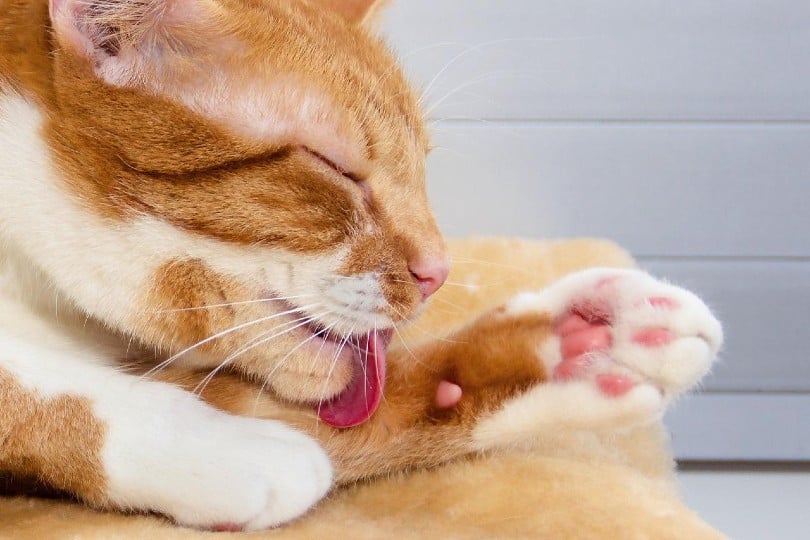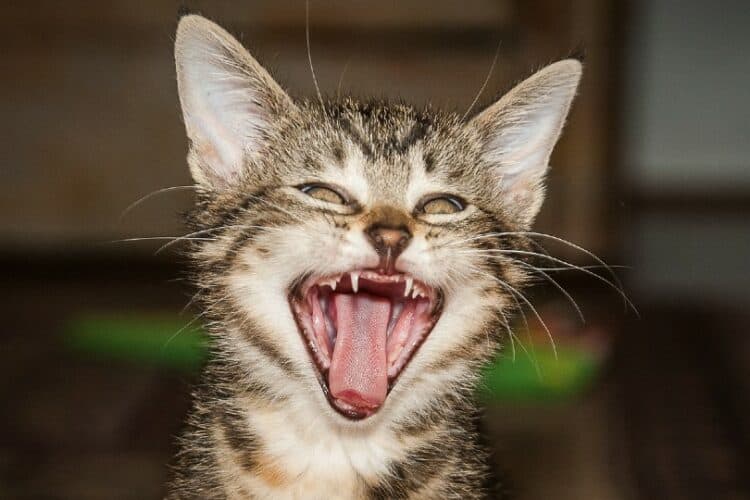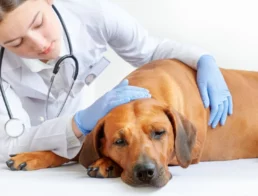You are probably all too familiar with a cat’s rough, sandpaper-like tongue. Getting a kiss from the cat can make it feel like you’re getting your skin scraped off. That’s a huge difference from those slobbery, wet dog kisses. Have you ever stopped to wonder why cats have tongues with such a rough, uncomfortable texture? A cat’s tongue is quite incredible, and as it turns out the texture serves several purposes including grooming, eating, and drinking. Continue reading to learn more.
The Purpose of a Cat’s Rough Tongue
The reason behind the rough texture of a feline’s tongue are the small structures on the surface known as papillae. The papillae on a cat’s tongue are barb-like and differ because they are encased in firm keratin. They do vary in length and the ones toward the center are lengthier than those around the edges. These unique papillae are in place to come in handy in several areas to assist in a cat’s natural lifestyle.
Eating
In the wild, cats are opportunistic hunters and their success rate in obtaining prey can vary. Cats don’t always know when they’ll get to eat next, so they need to savor every bit of the prey they have caught.
The papillae or rough tongue plays an important role for cats during mealtime. Not only do the papillae help the cat to grip and keep hold of prey when they have them in their grasp, but they also serve to help the cat scrape all of the remaining flesh off the bone and retain as many nutrients as possible.
Drinking
Cats also use their tongues while drinking and the papillae assist with quenching thirst as well. It does seem like cats lap up water just like dogs, but that’s not true. Cats will put their tongue in the water and then lift it into their mouth, the papillae help hold onto the water so that more can be pulled into their mouth.
Grooming
Papillae serve a purpose outside eating and drinking, too. They are also vital to a cat’s grooming behavior. We all know how cats keep up on their grooming and overall cleanliness, well rough papillae on their tongue do a great job to help them keep clean. You see, the thick keratin coating sweeps up loose fur, dirt, and other debris.
This doesn’t just end with cleanliness, it helps remove the scent, which is a necessary adaptation for cats. The papillae allow the cat’s saliva to penetrate deep enough to encounter the skin. has it This helps to remove any substance that leaves behind unwanted scent and assists in the removal. This is important for cats that are on the hunt or hiding from larger predators.

Mother Kitten Bond
The rough tongue of a mother cat helps her bond with her young before they are even able to see or hear her. Since kittens are blind and dear, they rely on their mother’s grooming to form that first bond. Mom also uses her tongue to stimulate her babies to urinate and defecate. Experts say that without this vigorous stimulation, the kittens would not be able to successfully eliminate waste.
Cooling Off
Cats have very few sweat glands that are only located on the paws, lips, chin, and the skin around their anus. Because cats only have a limited number of sweat glands, they have other bodily functions at work to help lower their body temperature and keep them from overheating. Grooming is one technique cats use to cool down. They get their saliva down to the skin and it cools when it evaporates.
Do Big Cats Have Rough Tongues Too?
Just like with our beloved domesticated cats, their bigger, wild relatives also have rough tongues. All species of wild cats have rough, keratin-coated papillae that serve them the same purposes that we just discussed above regarding pet cats. Cats are cats, after all.
Conclusion
There are several purposes for a cat’s distinctly rough tongue texture. From eating to drinking to grooming and bonding, their sandpaper-like tongue doesn’t just exist to cause you misery when your cat so lovingly grooms you. It is a unique adaptation that has provided them lots of use in the wild and in the household.
Featured Image Credit: Pixabay














